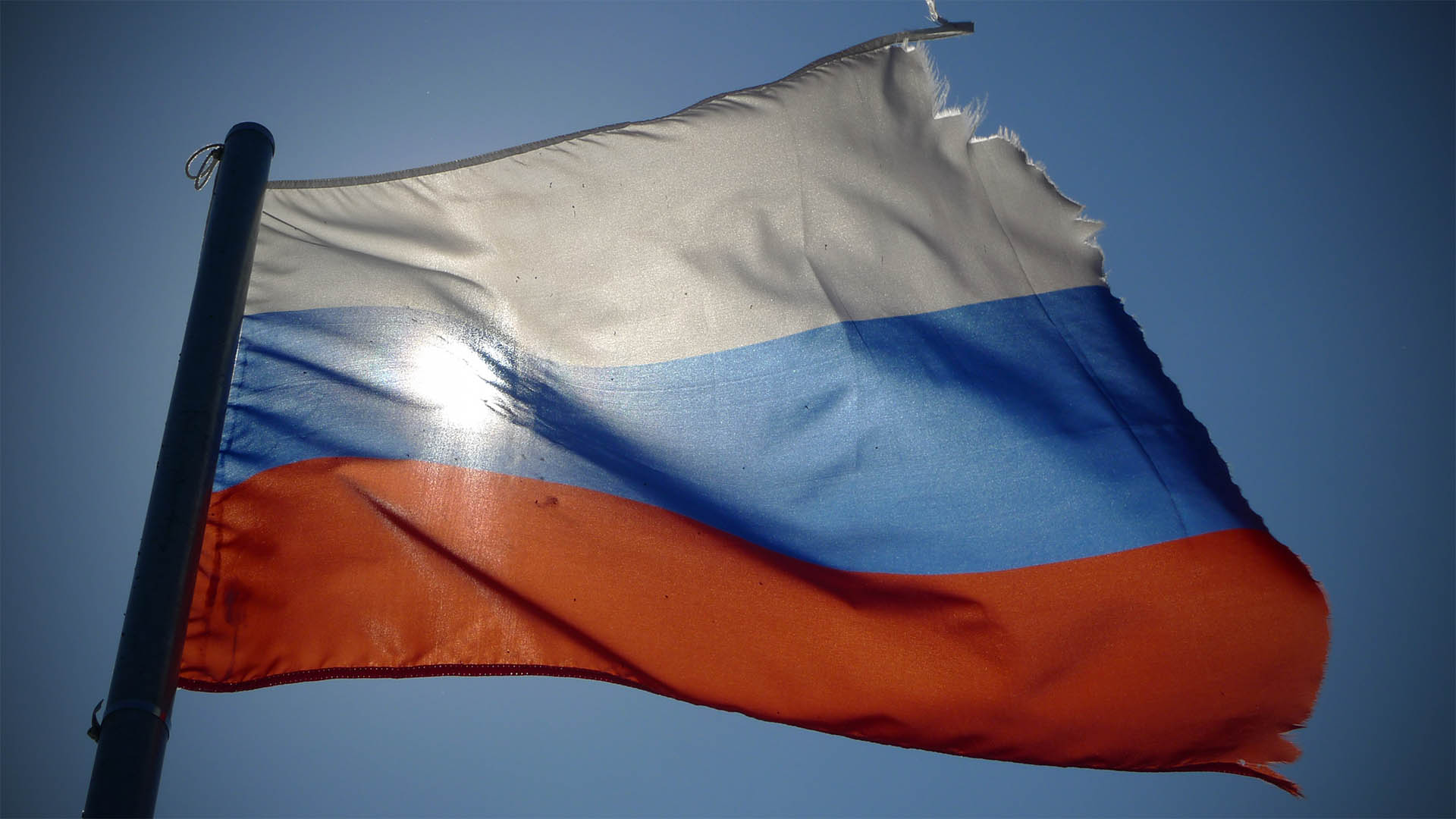Every year, more than $50 billion is siphoned out Africa, the world’s poorest continent, and into the coffers of corrupt officials, tax evaders, giant oil and mining companies, multinational corporations and many more.
The scale of the losses – which is roughly equal to the amount of foreign aid pumped into the continent each year – is so huge that it can be difficult to quantify, and the mechanics – involving offshore companies, bank accounts, and complex financial structures – are often secretive and difficult to understand.
Yet hidden within the 2.6 terabyte trove of data known as the Panama Papers, ICIJ found pieces of the jigsaw puzzle that had never been revealed – including businesses in 52 out of Africa’s 54 countries that used offshore companies set up by Panamanian law firm Mossack Fonseca. Businesses as diverse as crocodile skin manufacturers and safari companies joined industries like oil and mining in setting up financial structures that, at least in some cases, were used to extract money out of Africa.
The big challenge was figuring out a way to help readers engage with the topic. Instead of a standard interactive – where the user passively clicks through – ICIJ and a team of developers from Spanish firm Populate decided to create a news game that would challenge players to actively explore and understand the issues. The game's development was supported by the Pulitzer Center on Crisis Reporting.
Collaborative inspiration
Populate: We only had four weeks to conceive, design and develop the whole game. It needed to work perfectly both for desktop and mobile devices and also, ICIJ’s media partners needed to be able to embed the game in their own websites.

ICIJ: We were writing four long-form investigative pieces focused on Africa that would accompany that game. All of the stories carried a common central theme: offshore companies were being used to divert huge sums of money out of Africa and out of the reach of communities that needed funds to fuel development. This needed to be at the core of the game.
Working with the mock-ups from the team at Populate, we began pulling together a mix of questions that included some general knowledge facts about Africa (such as population and geography) as well as some data points and examples from inside the Panama Papers. Our plan was to draw a link between what people generally know about Africa and less-widely understood information about how the secretive world of offshore companies affects the continent.
Big ideas, incremental iterations
Populate: The initial iterative process went on for at least a week and a half. In the meantime, even though the content of the game was not yet locked down, we started developing some of the components we knew we would need.

The next step was to build a prototype with which we could “play” and test whether the content and the dynamics worked well or not.
ICIJ: Seeing the initial prototypes of the game helped us understand how the editorial content worked (or, in some cases, didn’t work) within the game dynamics. After playing with the prototype, we went back and changed the order of some questions, removed other questions, introduced hints for the tougher sections, and more.
We started to ask trusted colleagues and friends to play with the prototype as well, so we could figure out where people were getting stuck, and how we could make small changes to better guide players through the story.
By the end of the process we’d all played the game so many times ourselves that we could all finish it in less than two minutes with a perfect score.
Bringing it all together
Populate: While we played around with the game dynamics, we were also working on the visual design: The goal here was to make it look fun and approachable but without losing sight of the seriousness of the underlying problem with offshore secrecy, which was the ultimate reason for the game.

Working on the Continent of Secrets game has been a very exciting challenge that has put all of our digital skills to the test while allowing us to see the news story unfold from the front seats. It has also been a very rewarding experience: we have learnt a lot about Africa in the process and we hope others will too thanks to the game!
ICIJ: One of the great things about projects like this is the opportunity to work with developers, and see how their skills can be combined with our reporting to lift the story into new and exciting forms. Watching the game come together – especially with all the fine-tuning towards the end of the process – helped us appreciate the creative thinking and different perspectives that the team at Populate brought to the table.
After we published the game, checking the results and the leaderboard has been a daily routine in the office. We plan to break down some of the data we’ve collected from players around the world and do some fun age and country analysis, as well as look at how we can make games like this more engaging for future projects.
We encourage you to play the game, or you can embed the game in your own website.




